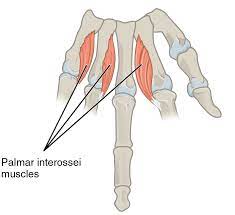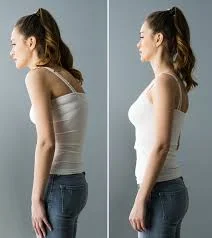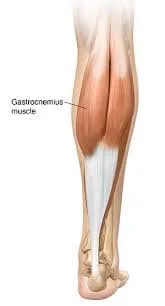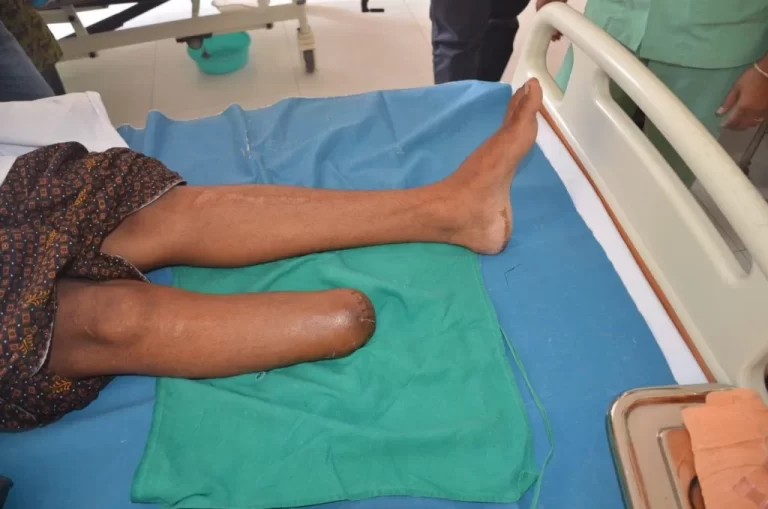Tensor fasciae latae muscle stretch (TFL Stretching) exercise
Table of Contents
What is tensor fasciae lata stretch?
- A tensor fasciae latae is the muscle of a proximal anterolateral thigh situated between the superficial as well as deep fibers of the iliotibial band. A TFL muscle is around 15cm in length.
- The TFL works in combination with a gluteus Maximus, gluteus medius, as well as gluteus minimus in a variety of hip motions, including internal rotation, abduction, & flexion.
- This also helps in knee flexion & lateral rotation.
- A tensor fasciae latae (TFL) is helping in pelvis stability while standing as well as walking. Stretching TFL gives you so many good results which help you in daily activities.
- Tensor fasciae latae stretch is an important exercise to improve the flexibility of the hip region, This assists to decrease the risk of injuries & also has many health benefits.
What are the Health Benefits of TFL stretches?
There are certain benefits the patient may achieve by doing TFL stretch:
- This assists in increasing the range of motion of the hip joint, especially, medial rotation as well as abduction, & flexion.
- This stabilizes the hip & knee joints while extension.
- This mainly works while walking.
- This improves daily activities namely kicking and jumping.
- This assists to maintain balance during single-leg activities.
- This increases the flexibility as well as mobility of the TFL muscle.
- Increase blood circulation.
What are the types of TFL stretch?
There are various techniques that the patient may use for TFL stretch:
- Lying abductor stretch
- Hip circle stretch
- Lying leg hanging stretch
- Standing balance outer hip stretch
- Standing leg cross abductor stretch
- Leaning abductor stretch
- Iron cross stretch
- Static standing TFL stretch
- Quadruped active TFL stretch
- Lunge TFL Stretch
- Kneeling Lunge
- The Pretzel
- Side Lie Knee Bend
- Side-lying TFL stretch
- Active Tensor fascia latae stretch
Lying abductor stretch
- How to perform the stretch: Take the side-lying position on one side then support yourself by putting one hand on the ground.
- Raise the outer leg upward & place the foot on the ground with the toes facing opposite to you.
- Move the hips into the extended leg to get the perfect stretch in the TFL.
- Hold for 20 -25 seconds & switch to the opposite side.
- Repeat 2-3 repetitions on each side.
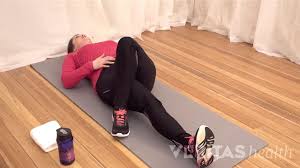
Hip circle stretch
- How to stretch: Take the standing position with the feet around hip-width apart & the hands placed on the hips.
- Gently move the hips in a circular movement & make full circles.
- While the motion, the patient feels stretched into TFL.
- Repeat for 10 repetitions with 2 -3 sets then switches directions.
- Slowly increase the diameter of the circles.
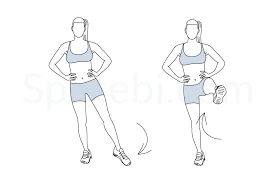
Lying leg hanging stretch
- How to stretch: Take the side-lying position on one side on the bench or a bed, at the edge of this object.
- Put one hand under the head for support.
- Now lower down the upper leg at the edge of the bench or even the bed.
- When they feel stretched into TFL, hold it there for 30-60 seconds & do it 2- 3 times.
- Then switch to the other side.
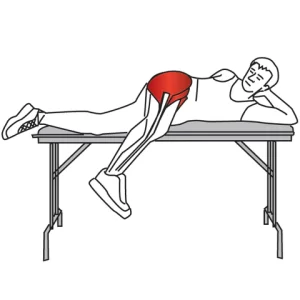
Standing balance outer hip stretch
- How to do stretch: Stand tall with the feet should be hip-width apart.
- Bring up the right leg & bend the knee, holding the ankle.
- The patient has to use the right hand for holding the ankle & the left hand to hold the static object for support.
- Gently lean towards the right side to feel the stretch into TFL.
- Keep that position for 30 seconds & perform 2-3 times.
- Then switch the sides.
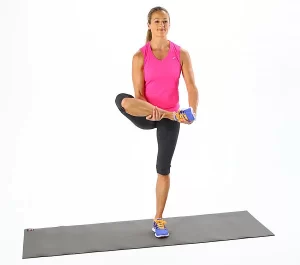
Standing leg cross abductor stretch
- How to do stretch: Stand tall with the feet should be hip-width apart.
- Bring the left leg behind you crossing past the right foot.
- The patient may use the wall or another static object for support.
- Transfer the weight through the left leg that is crossed behind, driving the hips forward.
- Maintain the position for 30-60 seconds & do 2-3 times on each side.
- Then switch the sides by crossing the right leg in front of the left leg.

Leaning abductor stretch
- How to perform the stretch: Take the standing position next to the wall with the feet should be closed together.
- Put the hand on a wall for extra support.
- Transfer the body weight towards the outer hip.
- Hold that pose for 30-60 seconds to feel a good stretch & do it 2-3 times.
- Switch to the opposite side.
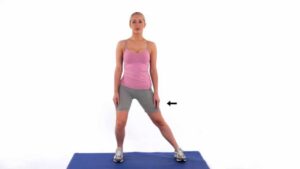
Iron cross stretch
- How to stretch: Take the lying position on the ground with the hands out at the sides.
- Raise the right leg over placing the leg on the opposite side of the body.
- Try maintaining the pelvis forward & lower back on the ground.
- Hold this for 30-60 seconds & perform 2-3 repetitions on each side.
- Then switch to the other side.
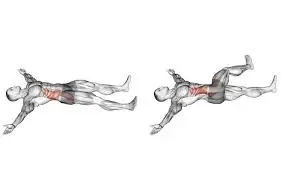
Static standing TFL stretch
- How to do stretch: Take the standing position in a staggered stance with the foot behind pointing outward & rotating the hip at 45 degrees angle.
- Contract the glutes transferring the body weight forward until the patient feels the stretch in TFL.
- Reach up across & back with the arm on the stretching side.
- Keep this position for 30 seconds & do 2-3 sets.
- Switch to the other side.
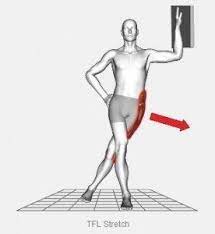
Quadruped active TFL stretch
- How to stretch: Get down on the ground with hands placed under the shoulders & knees under the hips.
- Extend the right leg behind you by contracting the glutes.
- Now do the external rotation of the hip pointing the toes out at 45 degrees angle.
- Maintaining the neutral spine adducts the hip.
- Keep this for 30 seconds & 2-3 repetitions.
- Switch to another side.
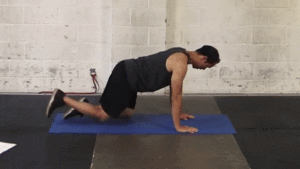
Lunge TFL Stretch
- How to do stretch: Take the lunge position with the hands on the hip.
- Put one leg forward by bending at the knee & the leg is straight backward.
- A straight leg should be the stretching leg.
- Assure to have both feet in a line with each other.
- Maintain a pelvis facing forwards at all times.
- Tilt the pelvis backward & move the hip forwards.
- Lunge forwards.
- Move the hips out towards the side of the back leg.
- When the patient feels stretched, hold there for 30 seconds.
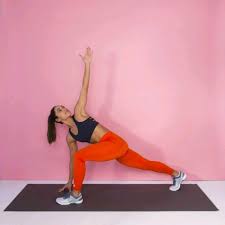
Kneeling Lunge
- How to perform the stretch: Take the kneeling lunge position.
- Put the pillow underneath the knee.
- Assure to have both feet are in line with each other.
- Maintain the pelvis facing forwards while the stretch.
- Tilt a pelvis backward.
- Tuck the tailbone underneath you.
- Move the hips forwards.
- Lunge forwards.
- Push the hips out towards the same side of the back leg.
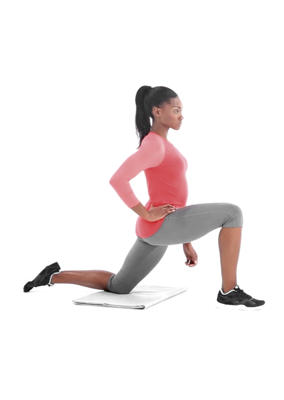
The Pretzel
- How to perform the stretch: Take the supine position on the floor.
- Gently bend a knee.
- Move the knee to fall towards the center.
- Put the other foot on the outside of the knee.
- Push the knee down towards the ground.
- Tuck the tailbone underneath you & push the hips forwards.
- Keep these 30 seconds and repeat.
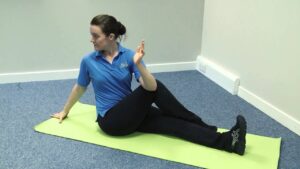
Side Lie Knee Bend
- How to do stretch: Take the side-lying position on one side.
- The hip on the upper side is stretching.
- Bend a knee backward.
- Hold onto an ankle & pull the foot towards the buttock.
- Try to bring the leg back as much as possible without arching your lower back.
- Engage the buttocks & move the hips forwards.
- Let the knee drop toward the ground.
- When the patient feels stretched into TFL, stop there and hold for 30 seconds.
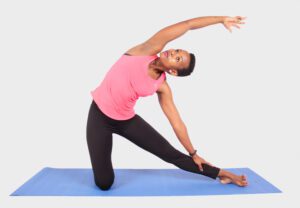
What are the safety matters the patient should take care of?
There are certain things the patient should need to take care of:
- Never think of stretching as a warm-up. The patient might hurt themselves if they stretch cold muscles. Before stretching, warm up with light walking, biking, or even jogging at low intensity for 5 to 10 minutes. A much better idea is to stretch the muscles, after a workout when the muscles are warm.
- Do not bounce. Do stretching in a smooth movement, without bounce. Bouncing while a stretch may injure the muscle & cause muscle tightness.
- Hold the stretch. Breathe normally & hold every stretch for around 30 seconds; in problem parts, the patient needs to hold for about 60 seconds.
- Do not aim for pain. Imagine feeling tension while the stretch, not pain.
- Do stretching regularly, at least 2 -3 times a week.
- Do not skip stretching. It will assist to increase the range of motion. If the patient skip, this may decrease the movement.
FAQ
What causes tight tensor fasciae latae?
Sitting for long periods of time may cause the TFL to tighten as well as shorten which can tilt the pelvis anteriorly or medially rotate the femur. Another thing that may cause TFL trigger points is a Morton foot structure. It is when the second toe is longer than the big toe.
How long does TFL take to heal?
Once the patient gets to the root cause of the TFL overload, & starts turning on the right muscles, then the TFL may breathe again & the pain dissipates quickly. This will take 4-6 weeks to complete the 4 R’s so that the pain does not recur.
Where does the patient feel TFL pain?
Symptoms: Tensor fasciae latae pain presents as outer hip pain located at the TFL muscle belly. Pain when lying on the affected side, walking up as well as downstairs, running, walking, & hiking. Treatable non-surgically within weeks to months with complete recovery probable.
What is tensor fascia lata syndrome?
This happens when the tensor fascia latae (TFL) muscle at the hip becomes overactive. The TFL connects to the non-contractile IT band which attaches just below the knee & when this is tight or overactive the tension may translate and cause friction and irritation of the tissues in this area.
What occurs if the TFL is weak?
When gluteal muscles are weakened, the brain will often recruit TFL, sometimes in conjunction with piriformis. Over time, this can contribute to sciatic-like symptoms. Over time, this chronic shortening of the TFL can eventually pull on the IT band and result in ITB syndrome or knee pain.

